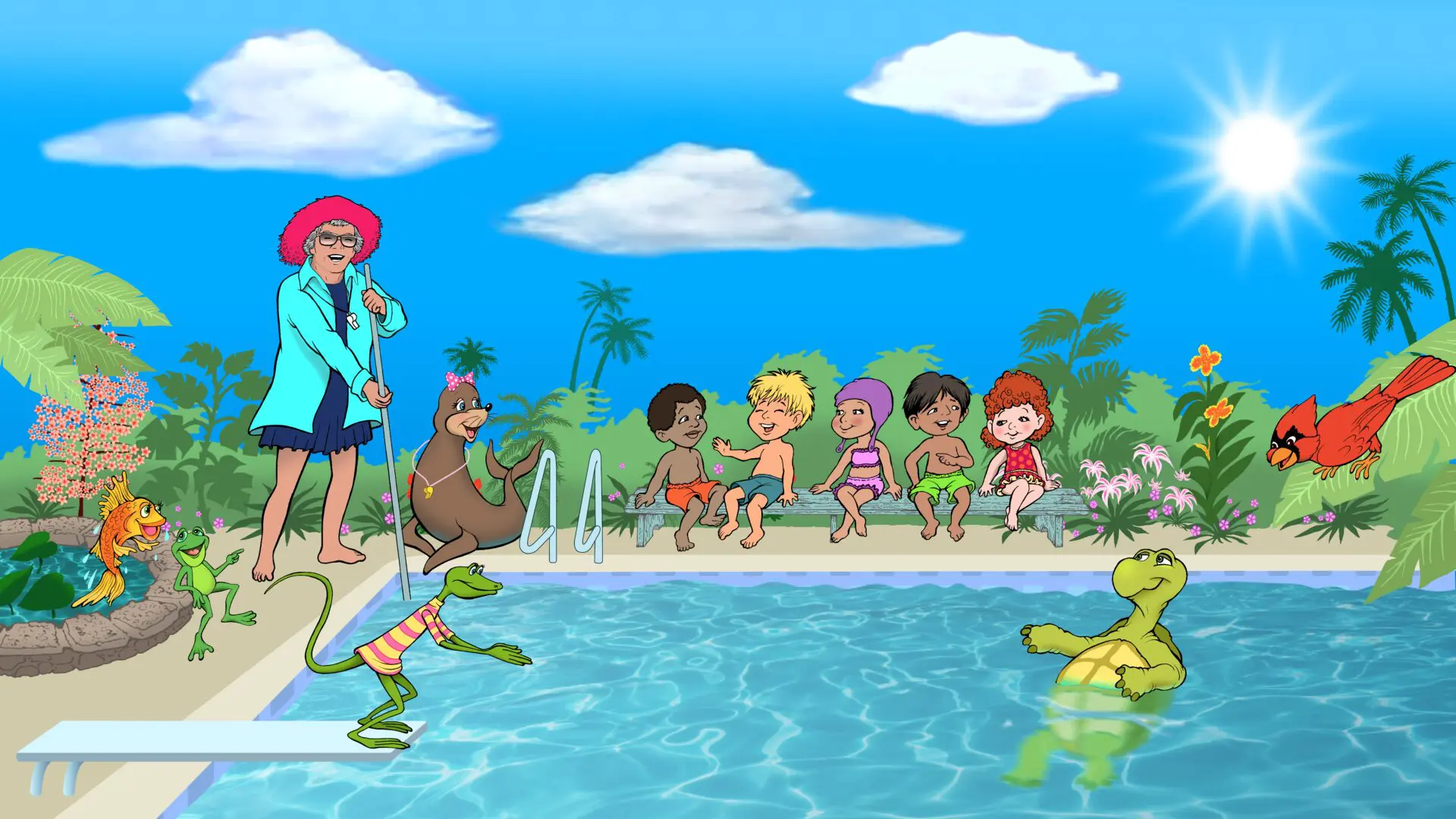Drowning Prevention & Facts
In the United States:
- More children ages 1-4 die from drowning than any other cause of death.
- For children ages 5-14, drowning is the second leading cause of unintentional injury and death after motor vehicle crashes.
While children are at the highest risk, anyone can drown:
- For every child under age 18 who dies from drowning, another 7 receive emergency department care for nonfatal drowning.
- Nearly 40% of drownings treated in emergency departments require hospitalization or transfer to further care (compared with 10% for all unintentional injuries.)
- Drowning injuries can cause brain damage and other serious outcomes, including long-term disability.
- Drowning can happen even when children are not expected to be near water, such as when they gain unsupervised access to pools.
- Drowning deaths for Black people are 1.5 times higher than the rates for White people.
- Disparities are the highest among Black children ages 5-9 (rates 2.5 times higher) and ages 10-14 (rates are 3.6 times higher).
- In swimming pools, Black children ages 10-14 years drown at rates 7.6 times higher than White children.
High Risk Factors:
- Not Being Able to Swim - many adults and children report that they cannot swim or that they are weak swimmers. Participation in formal swimming lessons can reduce the risk of drowning among children and young adults.
- Missing or ineffective fences around water - Proper pool fencing can prevent young children from gaining access to the pool area without caregivers' awareness.
- Lack of close supervision - Drowninog can happen quickly and quietly anywhere there is water, especially to unsupervised children. It happens in lakes and oceans, pools, bathtubs, and even buckets of water.
- Location - The highest risk locations for drowning vary by age. Among infants under 1 year old, two-thirds of all drownings occur in bathtubs. Most drownings happen in home swimming pool among children ages 1-4.
- Not wearing life jackets - Life jackets can prevent drowning during water actives, especially boating and swimming.
(Source: Center for Disease Control and Preventions, National Center for Injury Prevention and Control - last reviewed: October 7, 2022)



